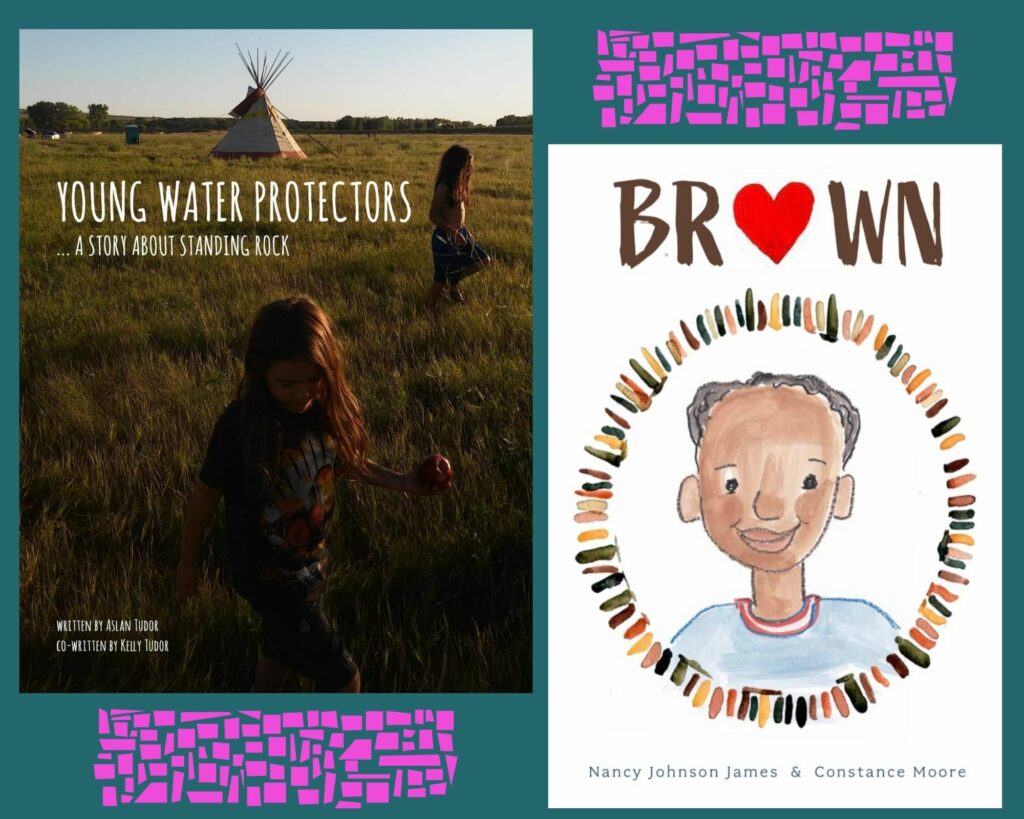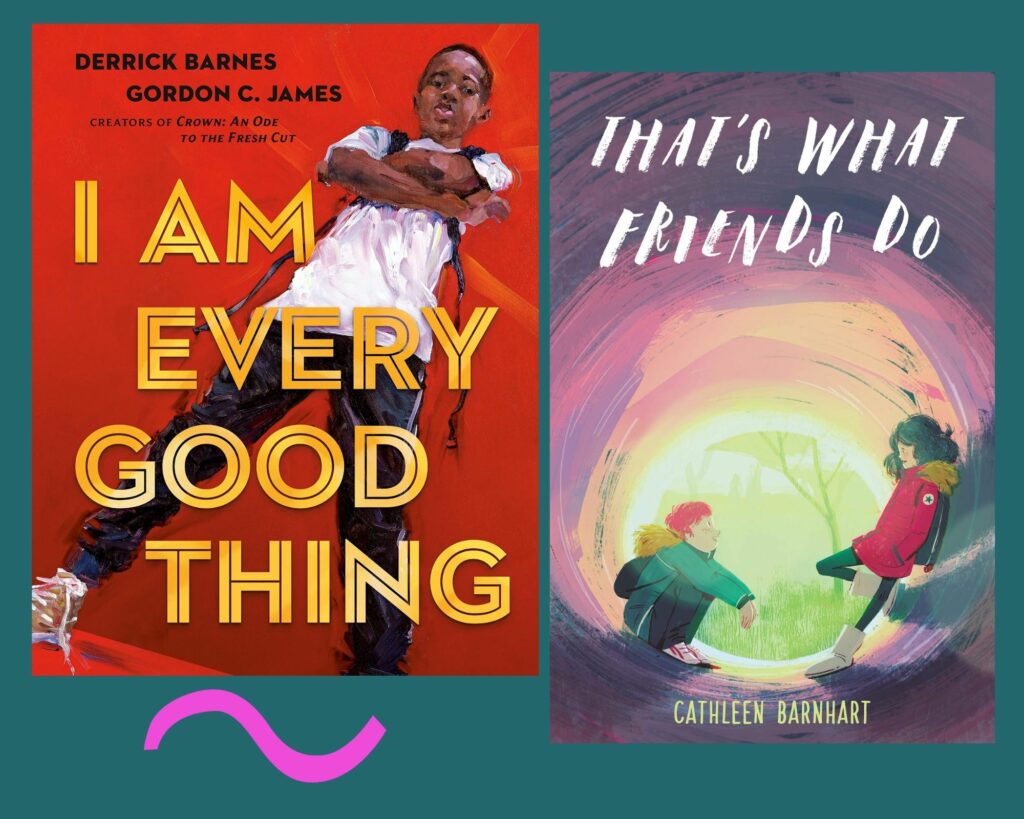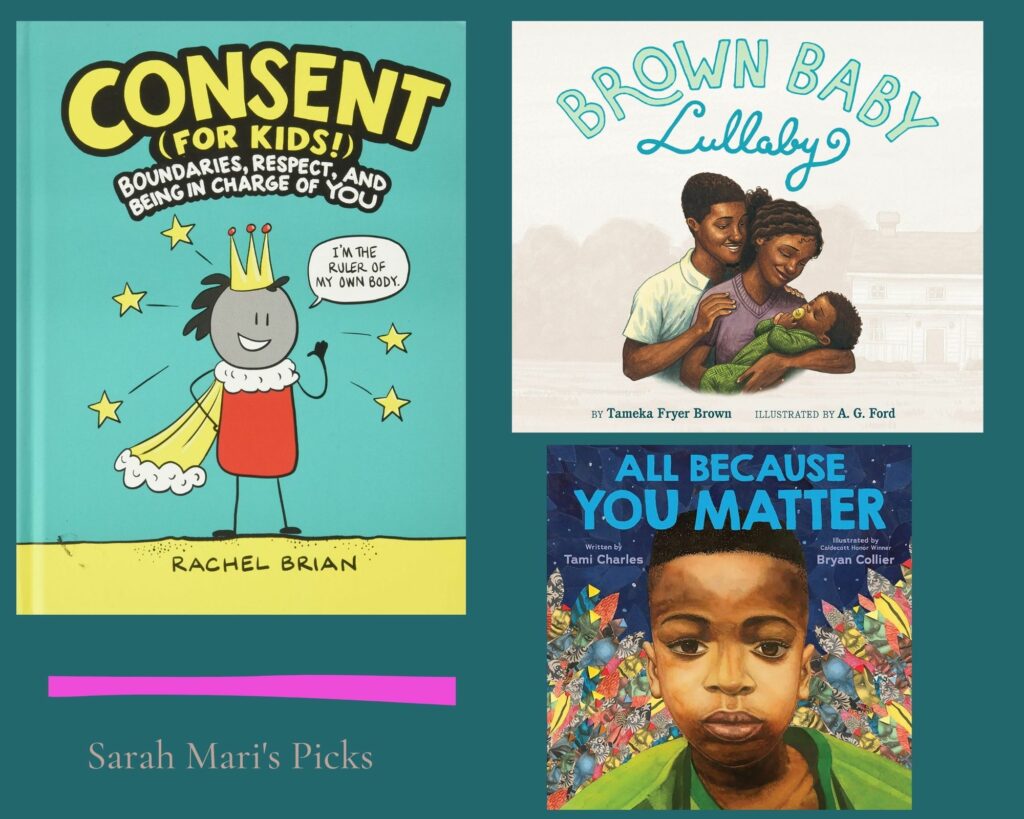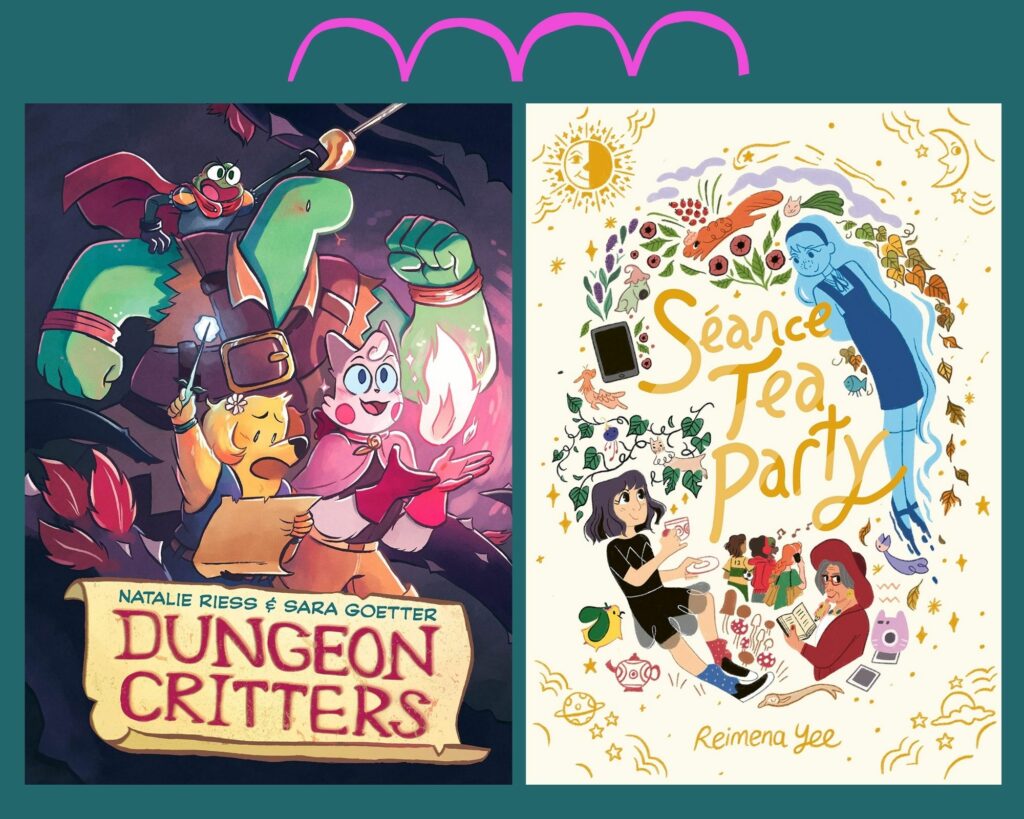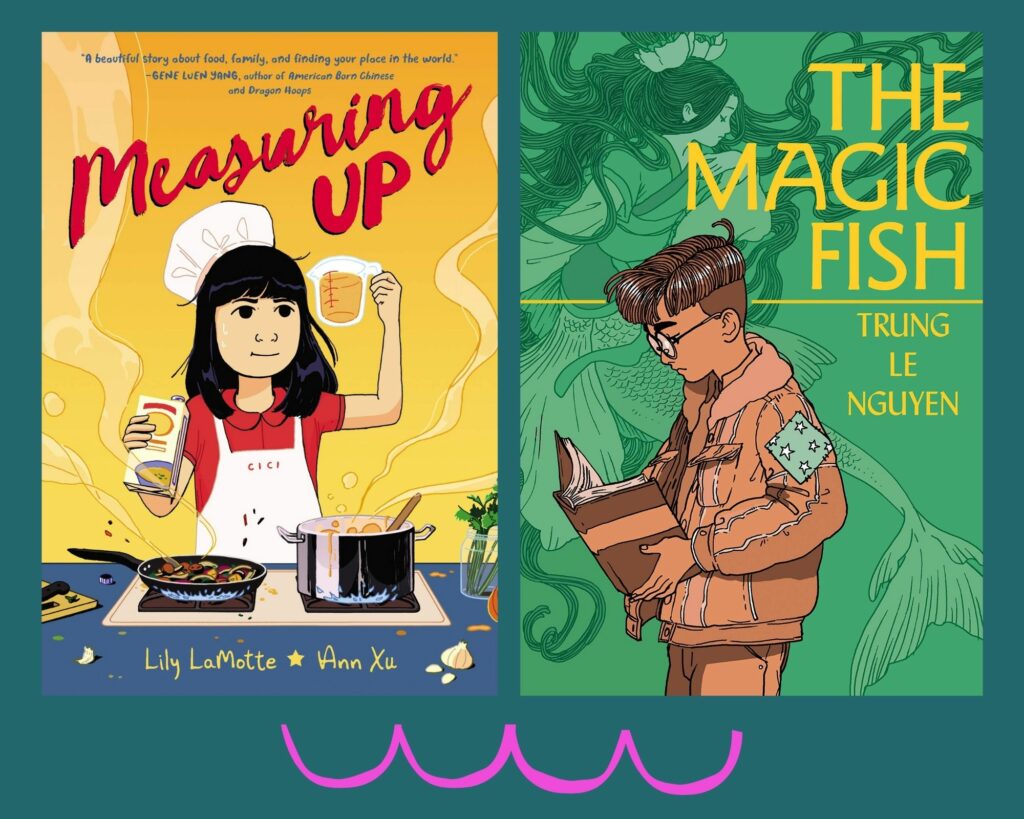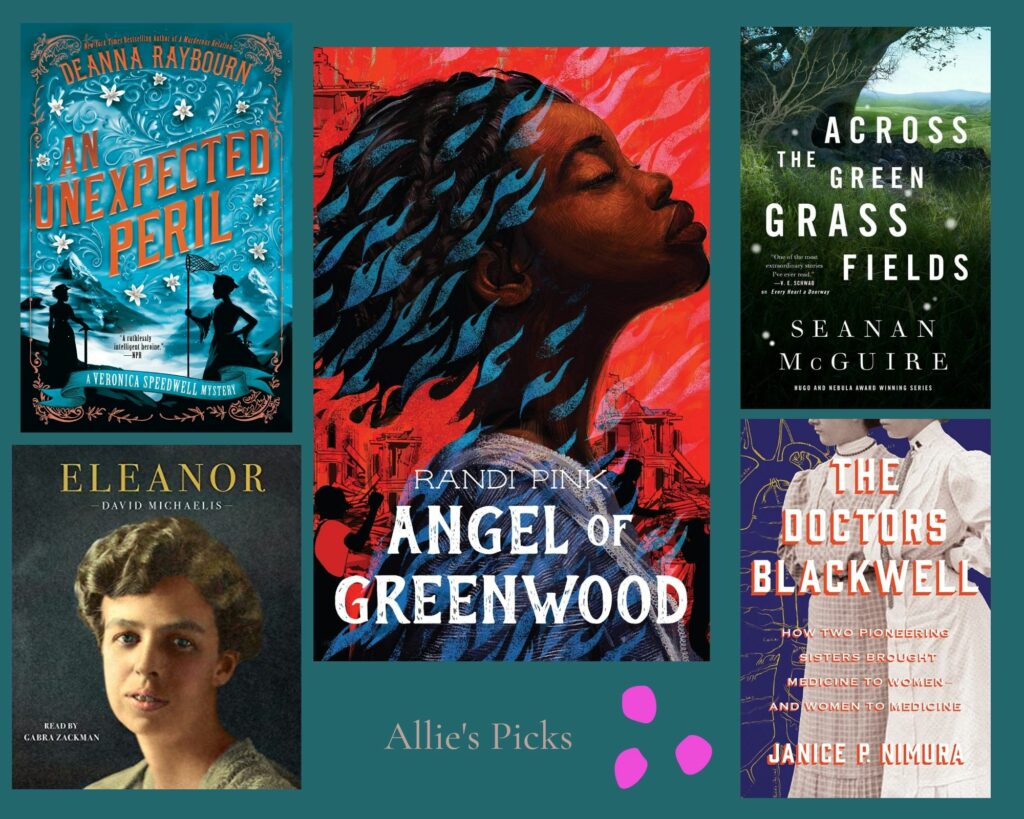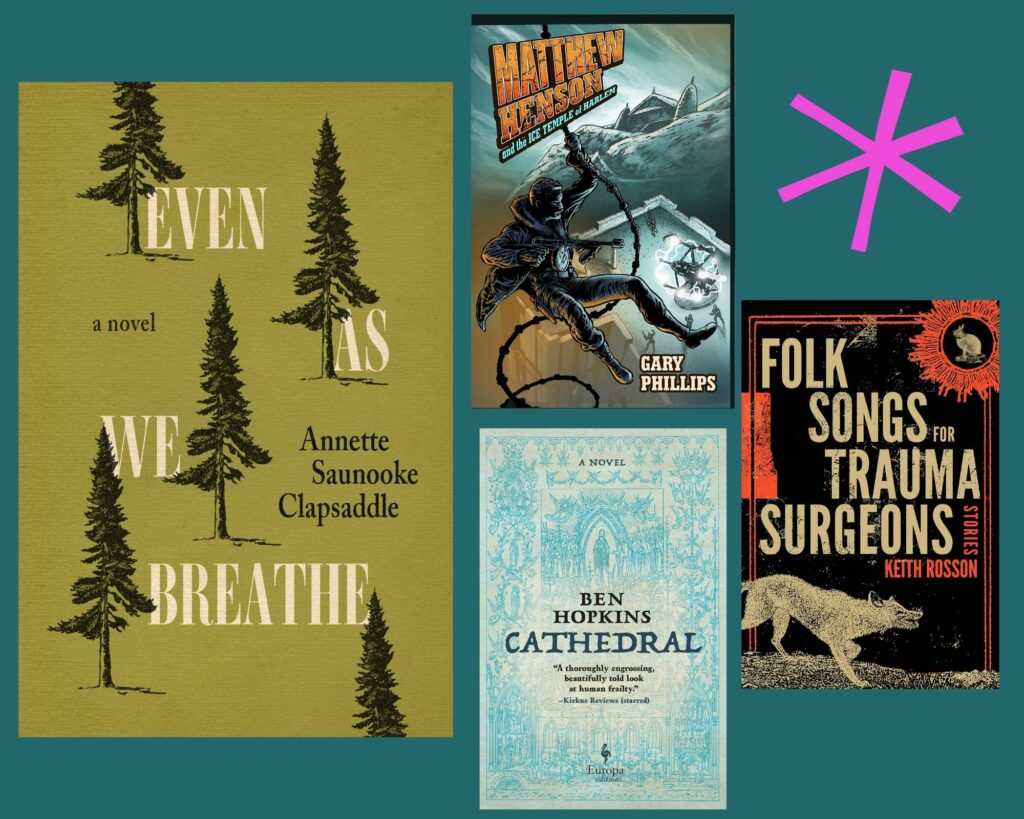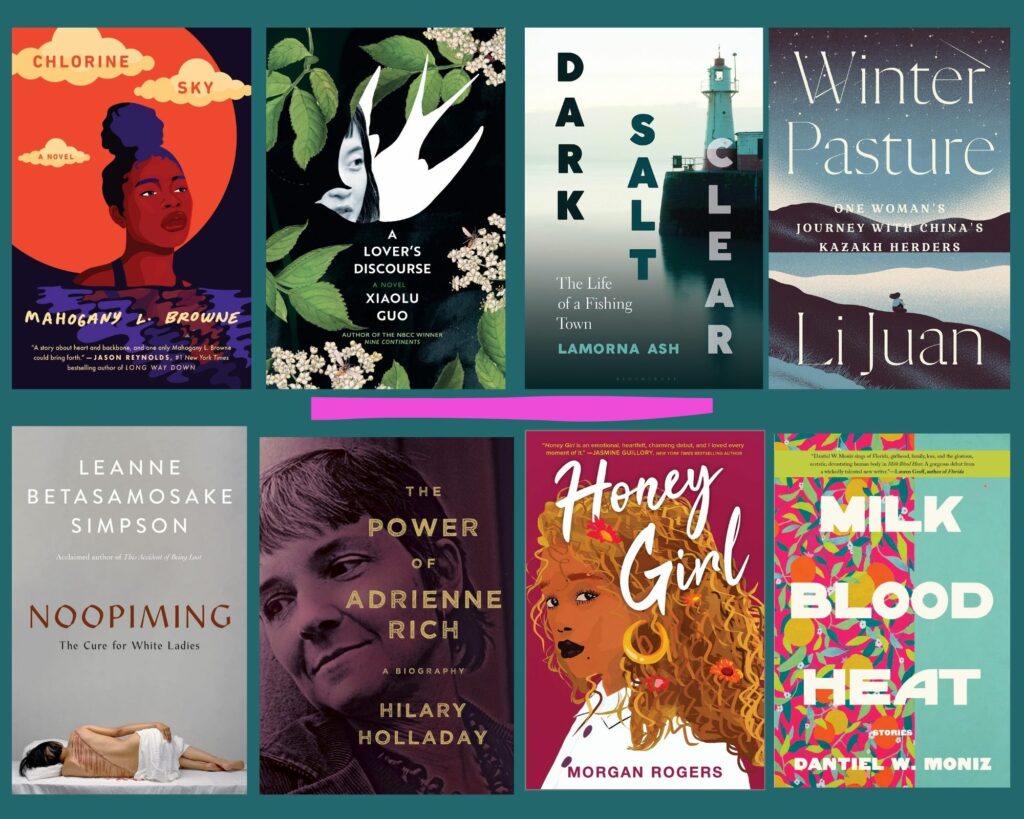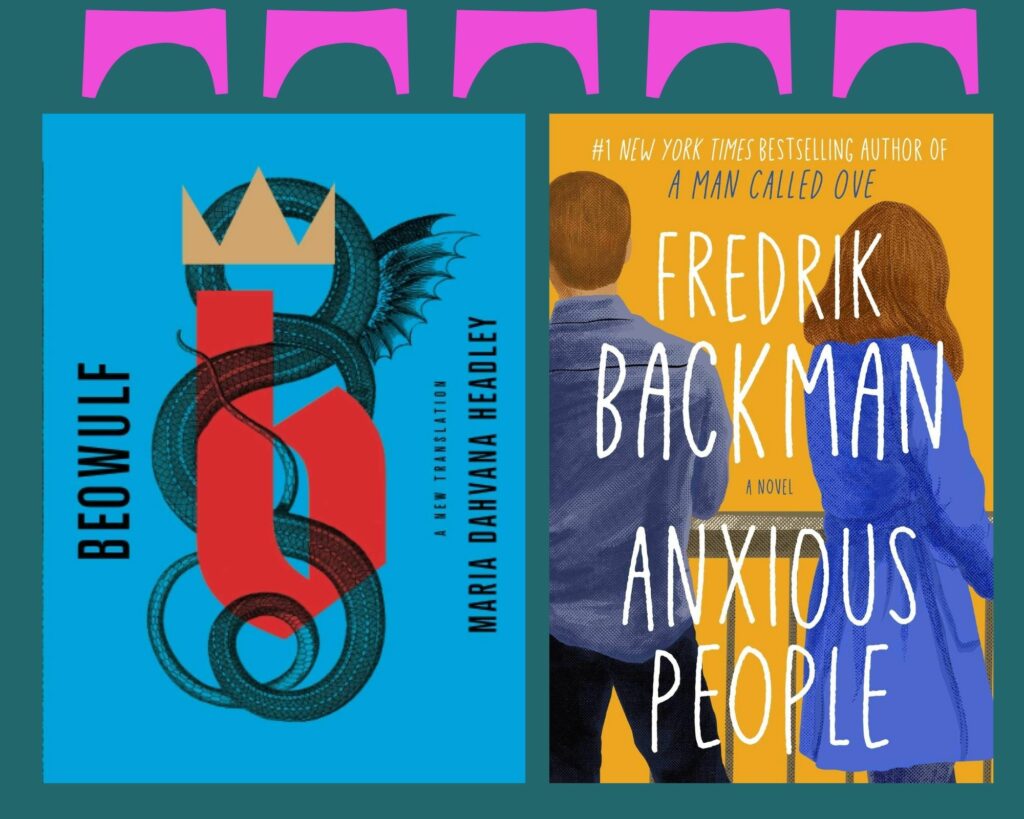Black History is Now – Nonfiction Resources
posted: , by Raminta Mooretags: Portland community | Adults | Discover Portland | Seniors | Art & Culture
At Portland Public Library, we strive to lift the voices of African Americans (and other marginalized voices) on a daily basis through our programming and collections. For this blog post, I asked staff to submit their favorite resources.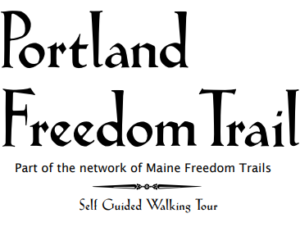
Celebrate Portland Black History by taking a walk along the Portland Freedom Trail.
Support local, Black businesses and organizations through Black Owned Maine.
Since 2017, a group of African immigrants in Lewiston has leased 30 acres of land off to operate a cooperative farm, the New Roots Cooperative Farm. Their dream of owning the land they painstakingly developed over the past four years received a major boost when they received word that they are the recipient of two grants totaling $80,000.

Rep. Talbot Ross from the Maine State Legislature
You can find news from Rep. Rachel Talbot Ross and updates on her ongoing (historical!) work in the Maine Legislature here. You can also read documents like her letter to Governor Mills and others on behalf of the Maine Black Caucus as published here in Amjambo Africa! (the free newspaper for and about New Mainers from Africa). On February 3, 2021 she introduced “L.D. 2, An Act To Require the Inclusion of Racial Impact Statements in the Legislative Process, which she noted was “the first step in recognizing that many of our laws have produced disproportionate outcomes for generations of Black and indigenous populations in Maine…to disrupt this historical pattern, legislators must be intentional in factoring in race throughout the development, review and adoption of public policy.”
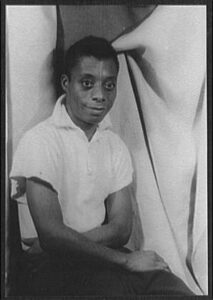
Carl Van Vechten, photographer. Portrait of James Baldwin. 1955. Library of Congress Prints & Photographs Division.
For more in archives, the National Museum of African American History and Culture is currently hosting online exhibits like “Chez Baldwin: An Exploration of James Baldwin’s Life and Works Through the Powerful Lens of His House in France” and “Pauli Murray’s Proud Shoes.” The Schomburg Center for Research in Black Culture has extensive archives and digital collections. Here’s a guide that highlights Schomburg Center collections (including digital collections) focused on Black LGBTQIA+ studies. Black Archives was founded by Renata Cherlise as a multimedia archive and “gathering place for Black memory and imaginations” highlighting the past, present, and future.
There are so many events nationwide this month…a couple are: on February 18 the
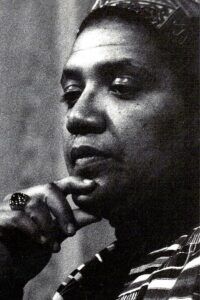
K. Kendall – originally posted to Flickr as Audre Lorde (Creative Commons)
Mills College Trans Studies Speakers series will host a talk with C. Riley Snorton and Rod Ferguson. On February 20 the Audre Lorde Project will host “Pillars of Audre Lorde: Joy, Safety, Healing and Liberation” celebrating her work, art, and vision (and her values of joy, safety, healing and liberation!)

